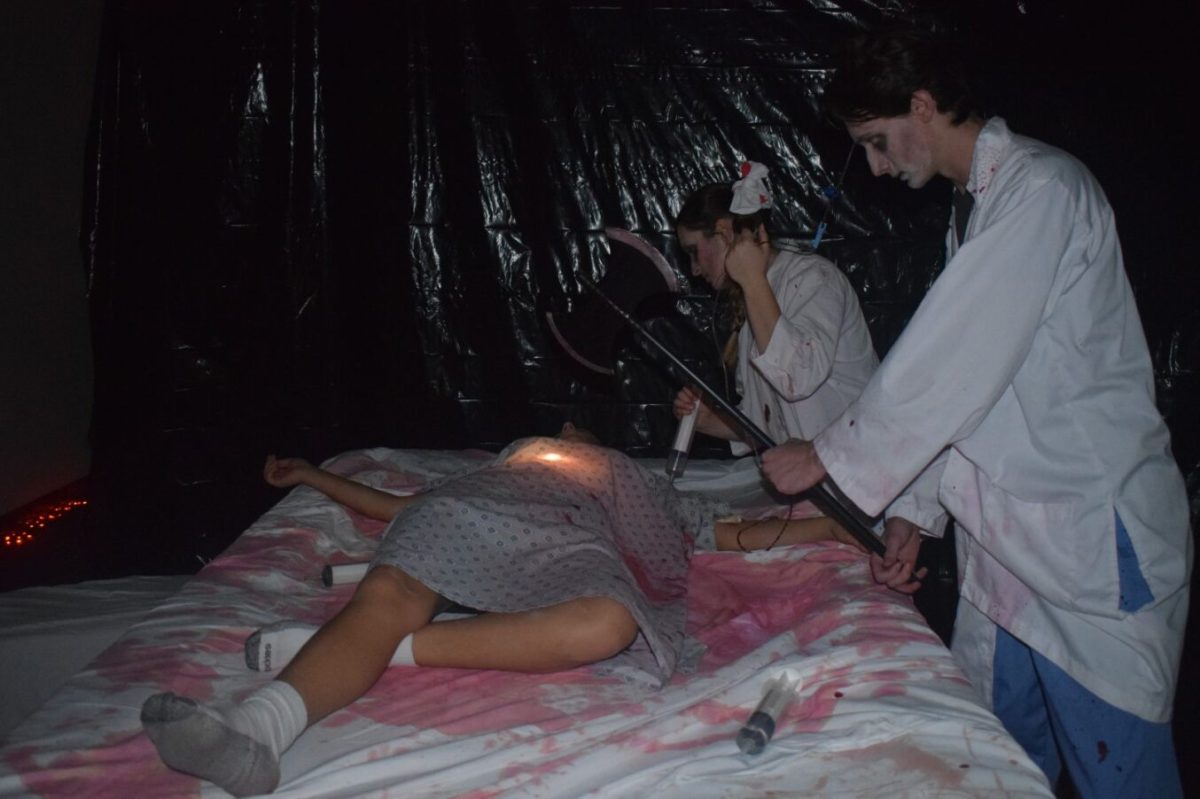For the 14th year in a row, Winona State University has been named one of the greenest colleges in the nation by the Princeton Review. On Oct. 15, 2024, Princeton Review released their 2025 Guide to Green Colleges. Winona State, along with 511 other schools, earned spots on the list.
Each school is sent a survey consisting of 10 questions and based on their responses, a panel then gives them a rating out of 99. The survey focuses on the colleges’ sustainability policies, their sustainability education, students’ opinions and campus quality of life.
Winona State received a rating of 84 out of 99. Three main questions are considered when determining a school’s rating: Whether students have a campus quality of life that is both healthy and sustainable, how well a school is preparing students for employment in the clean-energy industry and how environmentally responsible a school’s policies are.
This score can be attributed to the work administration and facilities has done to make campus more sustainable. Jim Goblirsch, assistant vice president for facilities management, is proud of Winona State making the list again, and thinks of it as an important leadership role for the university.
“The incorporation of sustainability in your academics and the commitment of both your students and your administration is saying that this is important and that we’ll put money into these kinds of things,” Goblirsch said. “We continually look for ways to reduce our carbon footprint, so every project, every action we always ask the question of how can we make this a more sustainable.”
Winona State is making conscious decisions to ensure that the school is run with sustainability in mind. The custodial staff on campus use green chemicals, using vinegar rather than ammonium. The gas lawnmowers and snowblowers are starting to be replaced by electric counterparts.
The improvements also extend to the buildings on campus with the Integrated Wellness Center (IWC) and the future Center for Interdisciplinary Collaboration, Engagement and Learning, or CECIL, building. These net zero buildings rely on clean energy to run.
“Obviously we have the new buildings that are planned to be net zero, those are the big things, but sustainability is all about the little things you do. It can all add up, and it’s often not flashy.” Goblirsch said.
The combination of the big and small things made Winona State stand out and secure its spot another year on the Green Guide list.
The full list of schools and rankings can be found at The Princeton Review Guide to Green Colleges: 2025 Edition.












































